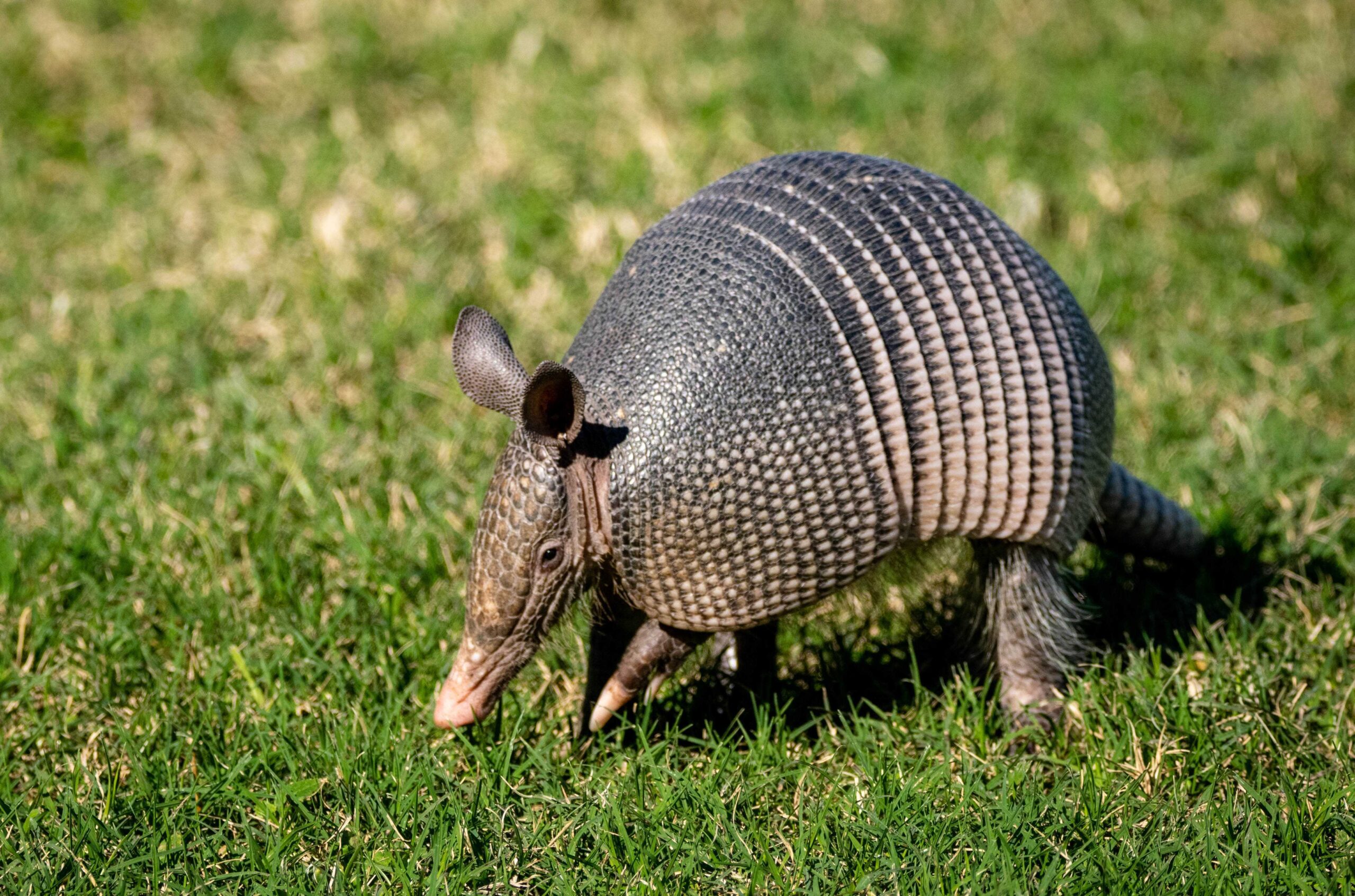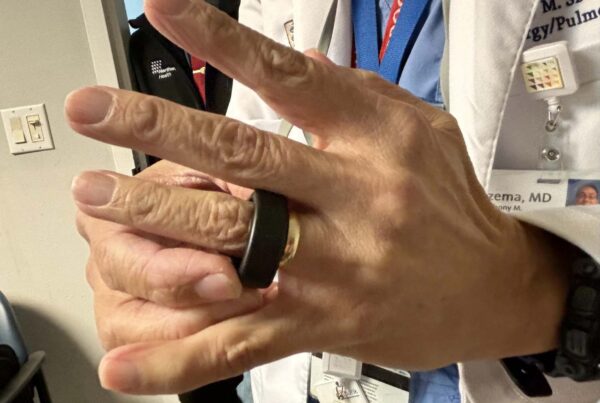Have you ever seen an armadillo?
Okay, tougher question: Have you ever seen an armadillo that is still alive?
For an animal that cannot seem to avoid ending up as roadkill, the armadillo has become one of the most recognizable symbols of Texas — right up there with cowboy boots and Willie Nelson.
Armadillos grace bumper stickers, keychains and T-shirts across the Lone Star State. But how much do we really know about them?
Sarah Smith, an investigative reporter at the Houston Chronicle, decided to find out more about the little creatures. She said she interviewed two armadillos for her story.
“I interviewed Speed Bump, who was the victor in an armadillo race, and Quesadillo, who put in a valiant effort but came in last,” she said. “At this armadillo race, they put them in a plexiglass, I guess I’ll call it a track. The jockeys who were picked out of the crowd held them by the tail at the starting line. And when the race master set off, people were clapping behind them and yelling at them. And I’ve heard that the professionals will blow in their ears to get them to go.”
Smith said she decided to research armadillos because she’s always been fascinated with the Texas identity.
“I grew up in Massachusetts, but my dad is from Texas – we flew the Longhorn flag all year-round, and his vanity plates said ‘Texas.’ So I grew up knowing Texans had this outsized sense of self,” she said. “Now that I live here, I’m interested in exploring all of the different aspects to that, and the iconography and the symbolism. And the armadillo is just one that you see everywhere, mostly on the side of the road dead. And I was curious about how they came to be even in the state and how they came to be so symbolic.”
» GET MORE NEWS FROM AROUND THE STATE: Sign up for Texas Standard’s weekly newsletters
Turns out, the armadillo was not an easy sell to all Texans when it was first proposed as state mammal.
“People had proposed that it be the state mammal – that was actually inspired by a Houston classroom – and it ended up as the official state small mammal. And the Longhorn got to be the official state large mammal. So everybody was happy,” she said. “I was actually very surprised going through the archives about the debate to make the armadillo the state mammal. People were absolutely incensed.
“They’re writing into the newspaper saying it was a lowly, decrepit, squirming, God awful animal. It wasn’t tougher, rugged, like Texans. And how dare we use this animal to symbolize our great state? I was very surprised at how passionate people got.”
Smith said she has become biased in favor of the armadillo at this point.
“I think they’re phenomenal. I think they’re weird. I think they’re tough. I think they’re nuanced. And I think nuance is something that we don’t get to talk about enough,” she said. “You can call them rugged. They’ve expanded their habitats out as far north as Indiana. You can call them scaredy cats because they don’t really stay and fight; they like to flee. And I think you can look at yourself in the mirror, look at the state of Texas in the mirror, and say maybe Texas is actually all of the above.”
Smith also talked to a few people who care for armadillos as pets.
“The armadillo caretakers I met are very passionate about their armadillos. I met Sparky Sparks, who as part of his company will bring armadillo races to your events,” Smith said. “I met a man who calls himself Armadillo Jim, who was initially an armadillo racer but then had a spiritual awakening in which he realized he needed to use his armadillos to inspire children to put on their armor against drugs.
“And I met Suzanne McPhee, who is from Texas and now lives part-time in California, where she has her armadillos. And people always ask her, what do you have armadillos out here for? And when she gets that question, she says, ‘Everybody knows that no Texan leaves the state without taking their armadillos.'”
Despite their love for their animals, all the armadillo caretakers emphasized that these animals are not good pets.
“Everybody I talked to was very clear: Please do not try this at home. There are special circumstances that have enabled them to take care of their armadillos. Please don’t go trying to trap one and take it home,” Smith said, adding that armadillos are “best admired from afar. And hopefully not from behind the wheel of a car.”













